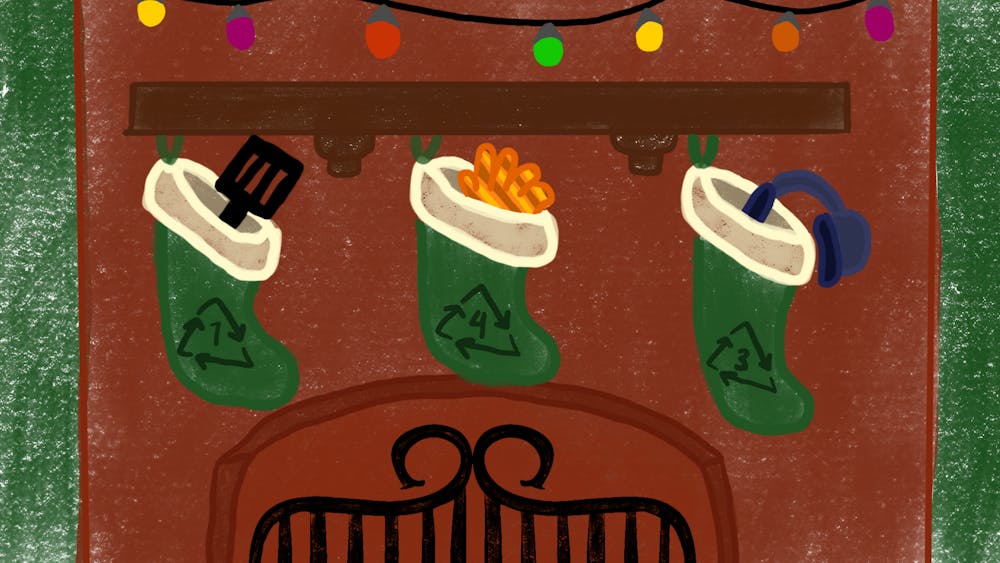In a world where everyone wants to keep getting richer, art collectors are no different. Because of extremely high value of famous artworks, contemporary art collectors are storing their artworks in metal shipping containers in tax-free ports in order to have the works appreciate in value without the burden of taxes.
To these contemporary collectors, the artworks are merely assets to be bought, sold and appreciated monetarily rather than culturally. No human being sees these artworks, not even the collectors. Their value grows as they are made more rare by being kept out of sight.
Art has always been one of the cultural commodities to suffer most under the greed of humanity, but this is a new low. Being the only group that is able to afford to purchase such famous and valuable artworks, the rich should display their artworks rather than hide them away in metal boxes in tax haven seaports.
There is a monetary benefit for rich tax evaders in hiding away these artworks. The tax bill from purchasing an artwork disappears once the artwork leaves the country it was purchased in, which will save the collector millions on each artwork purchased. The tax bill will only have to be paid when that artwork is legally returned to the country from which the artwork was purchased.
Currently there are four major seaports around the world that specialize in art storage. They are Singapore, Monaco, Luxembourg and Newark, as well as four other ports in Switzerland, as reported by the New York Times.
In 2012, the Swiss government decided to audit the free ports in order to try and find any hidden illegal goods. The government found approximately 1.2 million works of art in the Geneva port alone, some of which had not left the storage containers in more than a decade.
Though these artworks are private property, it is absolutely absurd these paragons of world culture are being hidden from view of any human being in favor of expanding the pockets of people who don’t need the money. Viewing art is a privilege every human being should be able to experience and the rich who own these artworks should be forced to allow these works to be viewed by the public at least six months out of the year.
Fortunately, not all art collectors have the same attitude toward collecting art. Eli Broad, an avid collector that just opened up his own Los Angeles museum last year, said to the New York Times, “Treating art as a commodity and just hiding it in storage is something that to me is not really moral.”
Honestly, if these collectors want to be responsible with their art collection, they need to allow the works to be displayed publicly.
Public access to culture is important and is one of the great equalizers of society. Of course, displaying the art privately is fine too, as long as those works gets their time in public viewing as well.
Money is an essential part of the art world because artists need money to survive just like everyone else, but keeping the works in metal boxes next to the ocean is not why artists make artwork.
Art is for everyone, not just another way for the rich to evade taxes.
rcm2@umail.iu.edu
@RachelCMiller1





